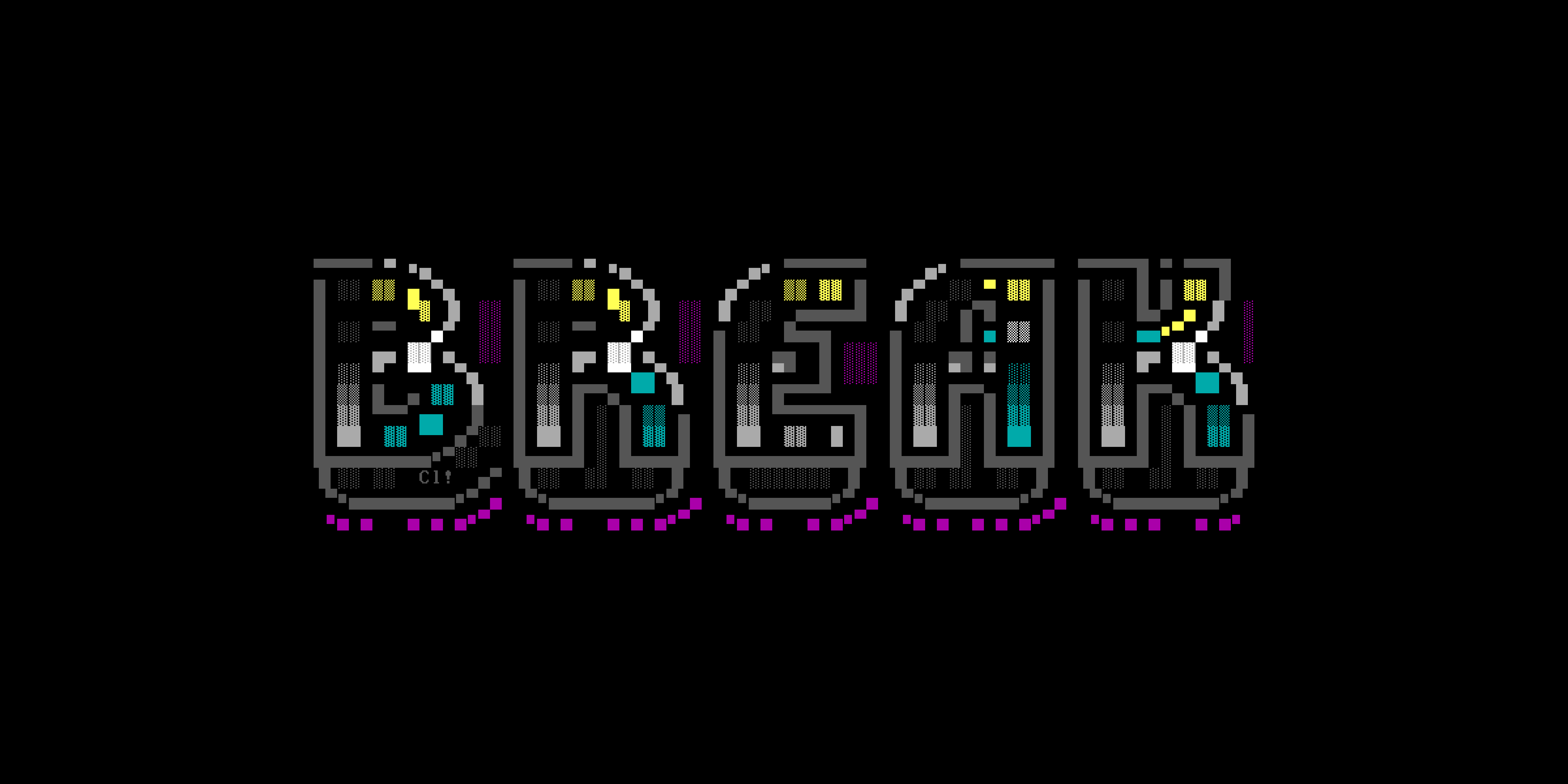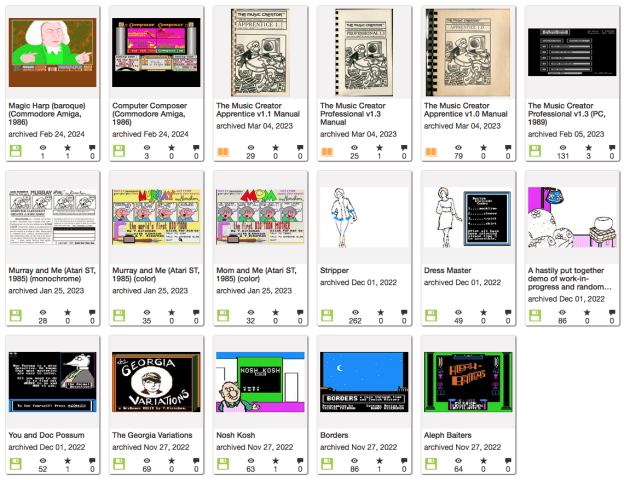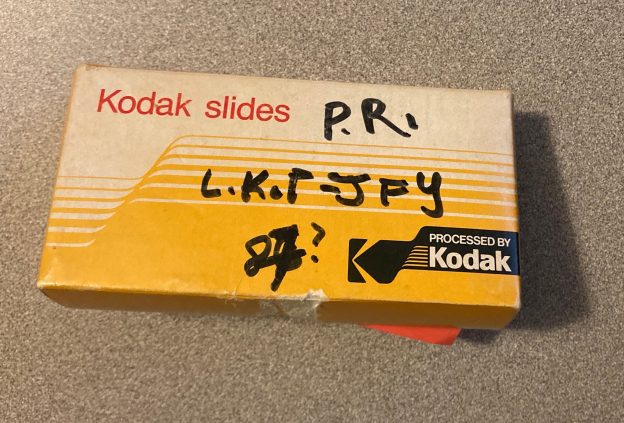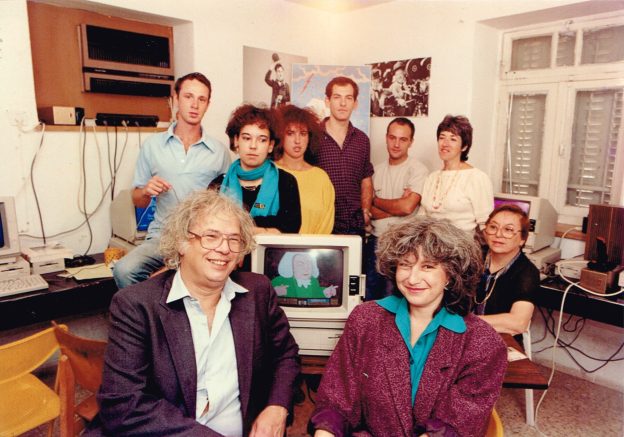Category: Commodore Amiga
-

Try Kirschen’s games and software on the Internet Archive
It’s been a little over a year since I began publishing the Kirschen software collection, and during that time I have also worked to upload Kirschen’s software to the Internet Archive and make it playable in the browser. The entire collection is tagged “kirschen-software” to make it easier to find. The emulation works well for…
-

Unearthed: Kirschen’s “Magic Harp” for Commodore Amiga
When I published the original four-part “Bringing dry bones back to life” series where I shared 10 pieces of previously-lost computer programs developed by Yaakov Kirschen, I couldn’t include “Magic Harp,” his original Amiga-based “artificial creativity” music composing software. At the time, Kirschen’s wife, Sali Ariel, believed that it was likely gone forever, because she…
-

Slides yield glimpses of Kirschen’s lost “Magic Harp” software
Yaakov Kirschen and his wife, Sali Ariel, are in the process of downsizing and moving to a new home in Israel. Sali has been hard at work, sifting through decades of collected belongings in preparation. She found a bunch of things related to Kirschen’s 1980s software development firm, LKP Ltd., and sent them to me…
-

Unearthed: Kirschen’s “Music Creator” for IBM PC
Decades before the debut of DALL-E, Israeli cartoonist Yaakov Kirschen was developing an “artificial creativity” system to let computers compose their own music, by extracting components of existing songs and combining them in new ways. The software was originally written for the Amiga, but business changes led them to abandon that platform and port the…




